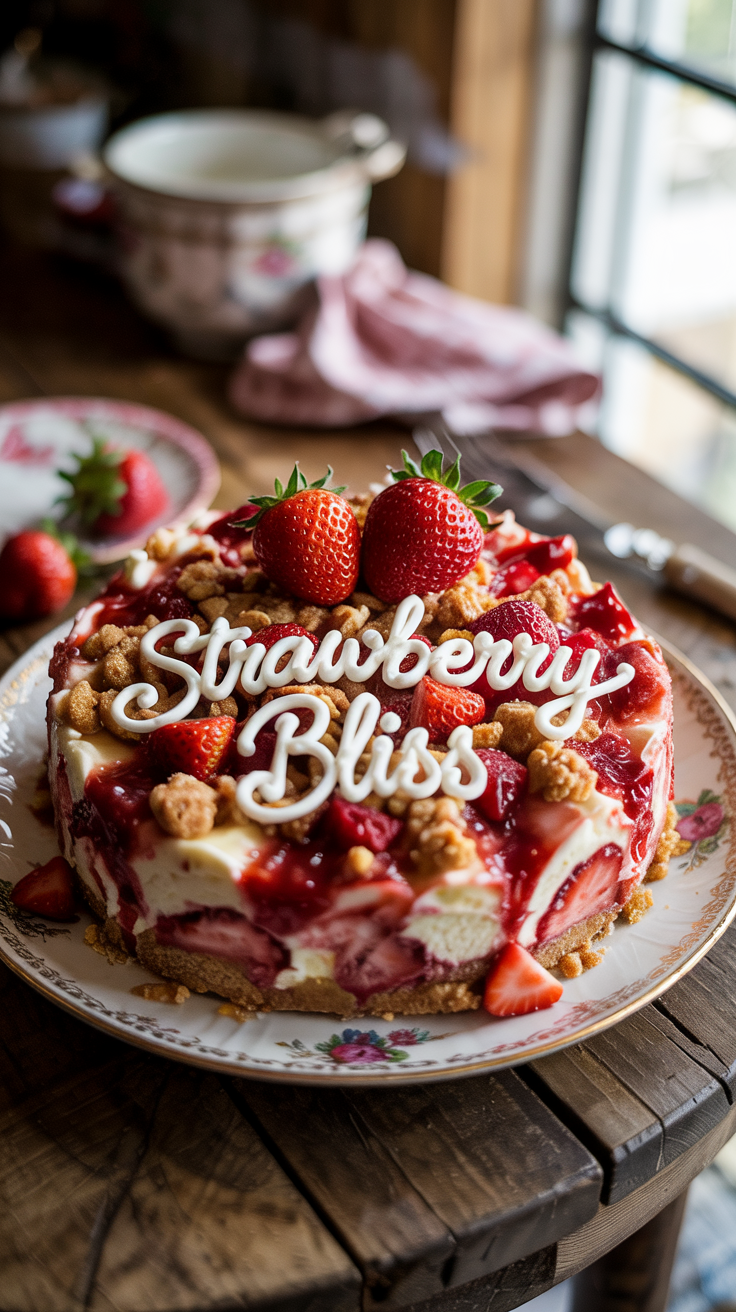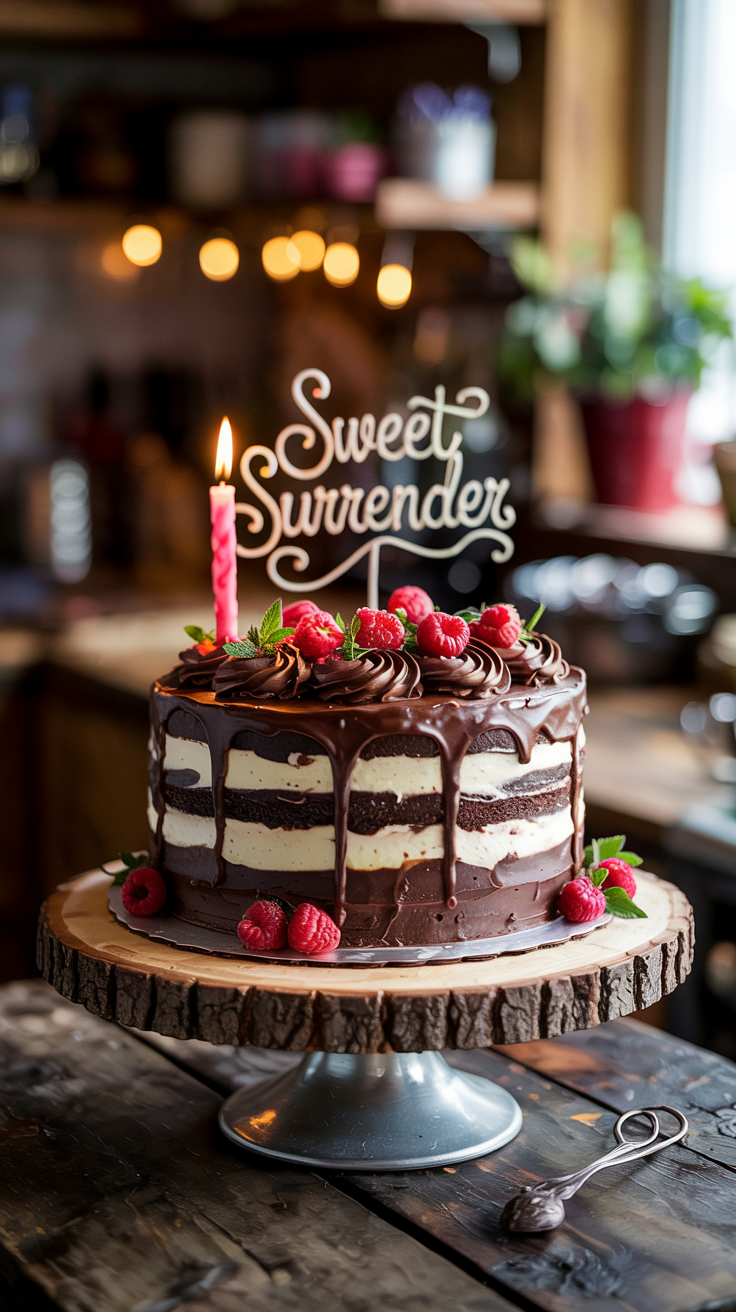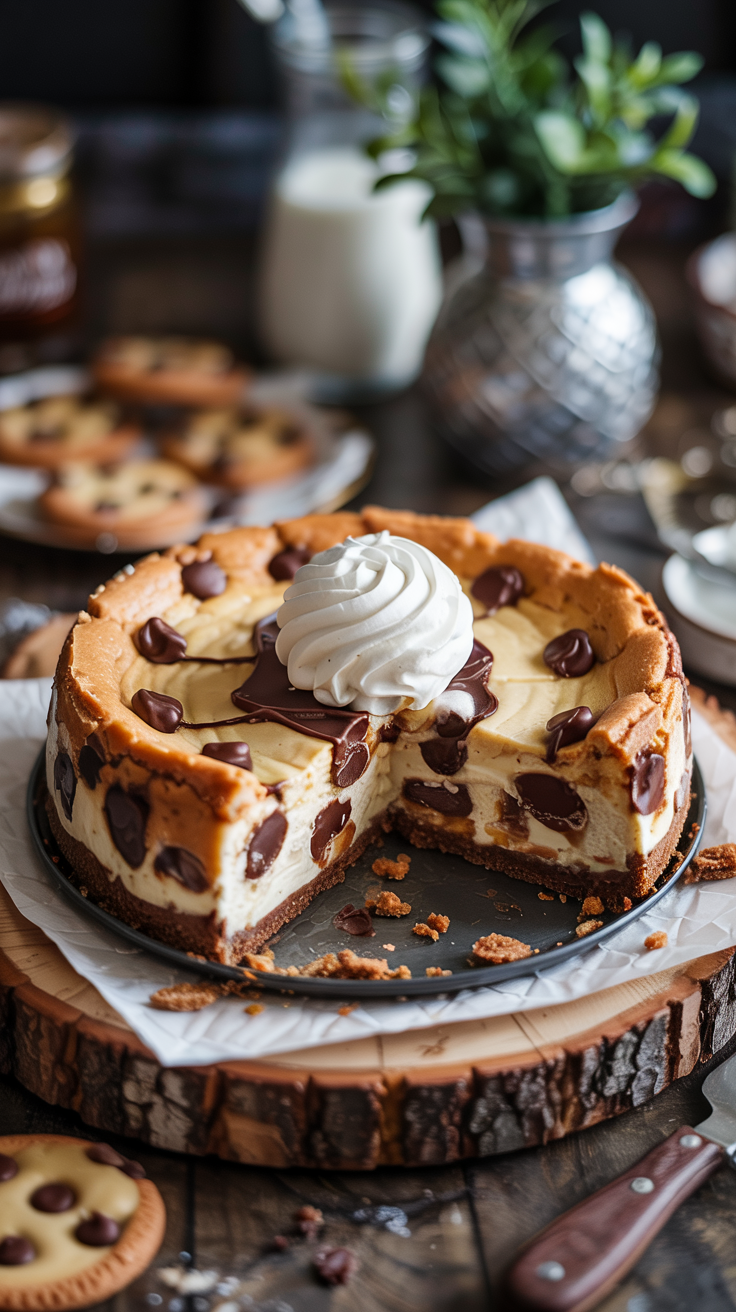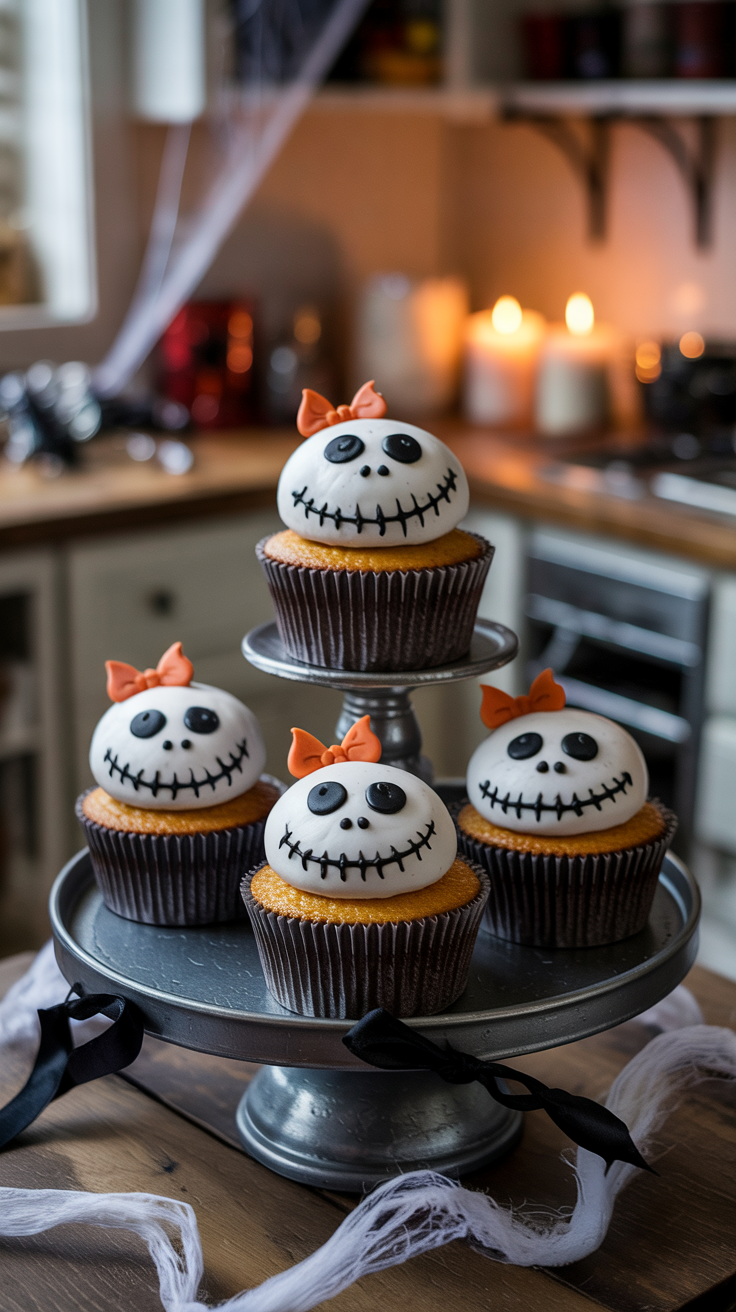Italian Ricotta Cheesecake: A Creamy Slice of Sicilian Heaven
Soft, rich, and delicately sweet, Italian ricotta cheesecake brings something truly special to the dessert table. It doesn’t rely on heavy cream cheese or dense textures. Instead, it delivers a lighter, smoother experience thanks to its star ingredient—fresh ricotta. This classic treat carries hints of citrus, a touch of vanilla, and a texture that feels like a cross between custard and cake. Each bite melts into layers of simple, honest flavor. Traditional versions often skip the crust entirely, letting the velvety interior speak for itself. Some families add a dusting of powdered sugar or a spoonful of jam to give it a rustic finish. Served cold or room temperature, it never feels overdone or complicated. The charm lies in its elegance and restraint. Ricotta cheesecake never tries too hard—it doesn’t need to. That’s what makes it unforgettable. Ready to bake the cheesecake Italians grew up loving? Let’s get started.
Ingredients:
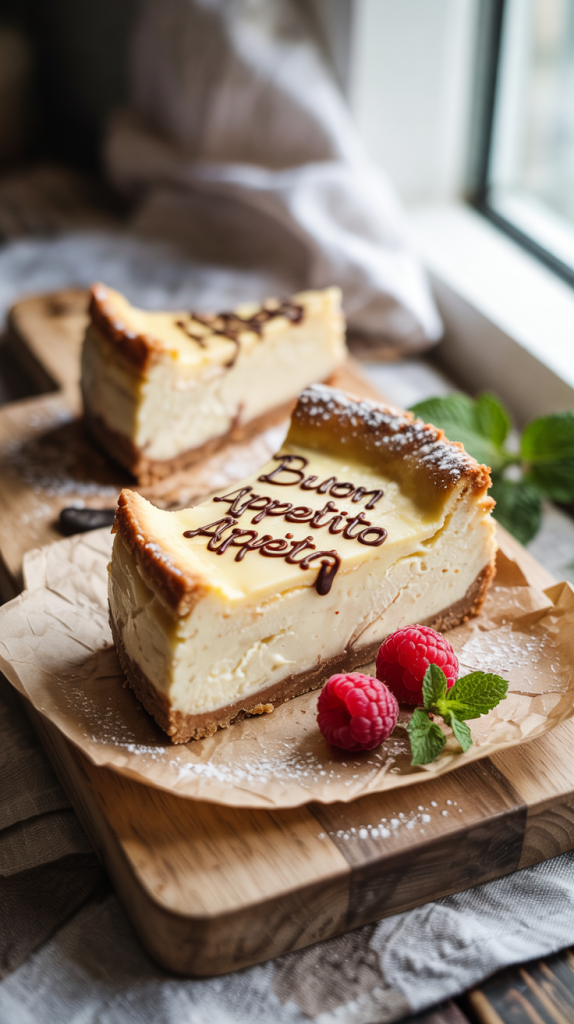
- 2 cups whole milk ricotta cheese (well-drained)
- 3/4 cup granulated sugar
- 3 large eggs
- 1 teaspoon pure vanilla extract
- 1/2 teaspoon almond extract (optional for a nutty aroma)
- Zest of 1 lemon
- Zest of 1 orange
- 1/4 cup all-purpose flour
- Pinch of salt
- Powdered sugar (for dusting, optional)
- Butter (for greasing the pan)
Optional crust (if preferred):
- 1 cup graham cracker crumbs or crushed amaretti cookies
- 3 tablespoons melted butter
- 2 tablespoons sugar
Equipment Needed:
- 9-inch springform pan (ideal for easy removal)
- Large mixing bowl
- Medium bowl
- Electric hand mixer or stand mixer
- Rubber spatula (for scraping the sides)
- Citrus zester or microplane
- Measuring cups and spoons
- Fine mesh strainer or cheesecloth (for draining ricotta)
- Cooling rack
- Baking sheet (to place under the springform pan and catch drips)
- Butter or nonstick spray (for greasing the pan)
Optional:
- Food processor (if making a crust)
- Offset spatula (for smoothing the batter)
Step By Step Guide Of Italian Ricotta Cheesecake
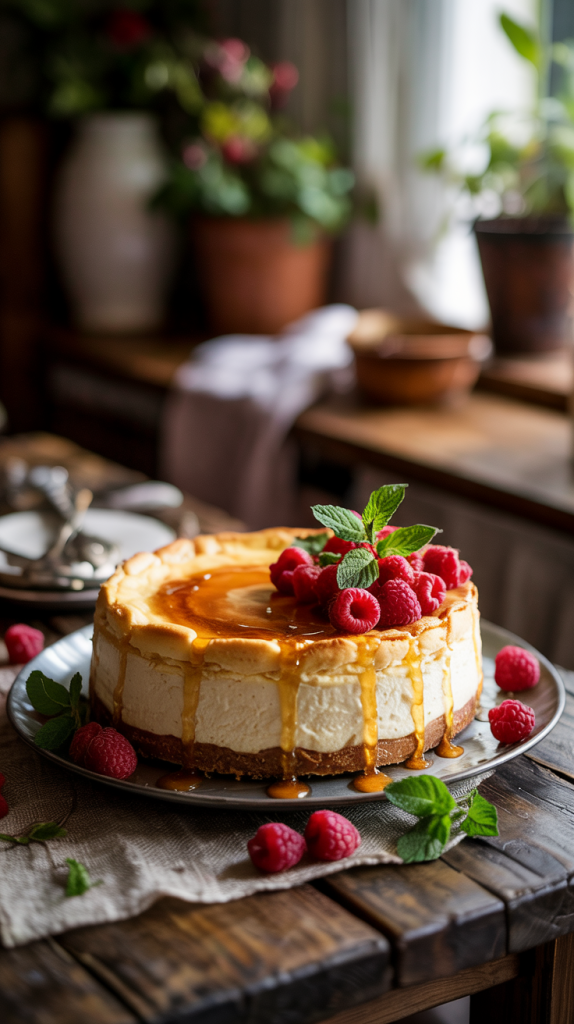
Step 1: Drain the Ricotta Properly
Start with fresh, whole milk ricotta cheese. Moisture control makes a big difference here. Spoon the ricotta into a fine mesh strainer or wrap it in cheesecloth, then place it over a bowl. Let it drain in the refrigerator for at least 4 hours, preferably overnight. Too much moisture can make the cheesecake watery or cause cracks while baking. Once it’s well-drained, fluff it lightly with a fork.
Step 2: Preheat the Oven and Prepare the Pan
Set your oven to 325°F (160°C). Lightly grease a 9-inch springform pan with butter or nonstick spray. For added security against leaks, wrap the bottom and sides of the pan in aluminum foil, especially if using a water bath. Place the pan on a baking sheet to catch any potential drips during baking.
Step 3: Prepare the Optional Crust (If Using)
If you’d like a crust, mix 1 cup crushed graham crackers or amaretti cookies with 3 tablespoons melted butter and 2 tablespoons sugar in a bowl. Stir until the crumbs are evenly coated. Press the mixture firmly into the bottom of the pan using the bottom of a glass. Bake for 8–10 minutes, then let it cool before adding the filling.
Step 4: Combine the Ricotta and Sugar
Add the drained ricotta and 3/4 cup granulated sugar to a large mixing bowl. Use a hand mixer or stand mixer on medium speed to beat until smooth and creamy—about 2 to 3 minutes. The texture should be light, without visible lumps. Scrape down the sides of the bowl with a spatula for even mixing.
Step 5: Add Eggs One at a Time
Crack in the eggs one at a time, mixing well after each addition. This helps emulsify the batter and keeps it from curdling. Don’t rush this part. Each egg should be fully blended in before adding the next. After the final egg, the batter will start to look glossy and slightly thick.
Step 6: Mix in Flavorings and Zest
Stir in 1 teaspoon vanilla extract, 1/2 teaspoon almond extract (if using), and the zest of one lemon and one orange. These citrus notes lift the flavor of the ricotta and add brightness to the cheesecake. Mix just until incorporated—avoid overmixing once the eggs and flavorings go in.
Step 7: Fold in the Flour and Salt
Sift 1/4 cup all-purpose flour with a pinch of salt, then gently fold it into the batter using a spatula. This small amount of flour gives the cheesecake structure without making it dense. Mix slowly and thoroughly until there are no streaks of flour. Keep the texture light and fluffy.
Step 8: Pour the Batter into the Pan
Pour the prepared batter into the greased (or crust-lined) springform pan. Use an offset spatula or the back of a spoon to smooth the top. Tap the pan gently on the counter a few times to release any air bubbles. These small bubbles can rise and pop during baking, helping the cheesecake bake more evenly.
Step 9: Bake Low and Slow
Place the springform pan (set on a baking sheet) in the middle rack of the oven. Bake for 60 to 70 minutes, or until the center looks just set and the edges have a slight golden hue. The center should jiggle slightly like gelatin. Avoid opening the oven door frequently, which can cause cracks or dips in the middle.
Step 10: Cool Gradually and Chill
Once baked, turn off the oven and let the cheesecake cool inside with the door slightly ajar for 30 minutes. This slow cool prevents sudden temperature shocks that can cause cracks. Remove it from the oven, then run a thin knife around the edge to loosen it from the sides. Cool completely at room temperature, then refrigerate for at least 4 hours or overnight. Dust with powdered sugar before serving.
Tips and Tricks for the Best Italian Ricotta Cheesecake
- Drain the ricotta well
Excess moisture ruins the texture. Always drain ricotta overnight using cheesecloth or a fine mesh strainer. - Use room temperature ingredients
Let eggs, ricotta, and other dairy ingredients come to room temperature before mixing. This helps everything blend smoothly and evenly. - Don’t overmix the batter
Overbeating adds too much air, which can lead to cracks or a grainy texture. Mix until just combined. - Bake at a low temperature
A steady 325°F ensures even baking and prevents browning too quickly on top while keeping the center creamy. - Avoid overbaking
The center should still jiggle slightly when the cheesecake is ready. It will firm up as it cools. - Cool slowly
Let the cheesecake rest in the oven with the door ajar before removing it. Rapid cooling can lead to cracks. - Use citrus zest for brightness
Lemon and orange zest add fresh, authentic Italian flavor and cut through the richness of the cheese. - Chill overnight before serving
This allows the flavors to develop fully and the texture to set properly. - Dust with powdered sugar right before serving
Wait until it’s chilled and ready to serve. Powdered sugar can melt if applied too early. - Add toppings only if desired
Traditional versions are served plain, but a spoonful of cherry compote or sliced fresh figs works beautifully too.
Related Recipes


